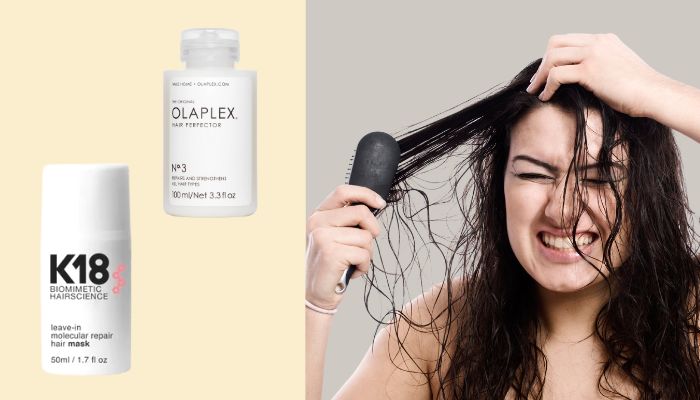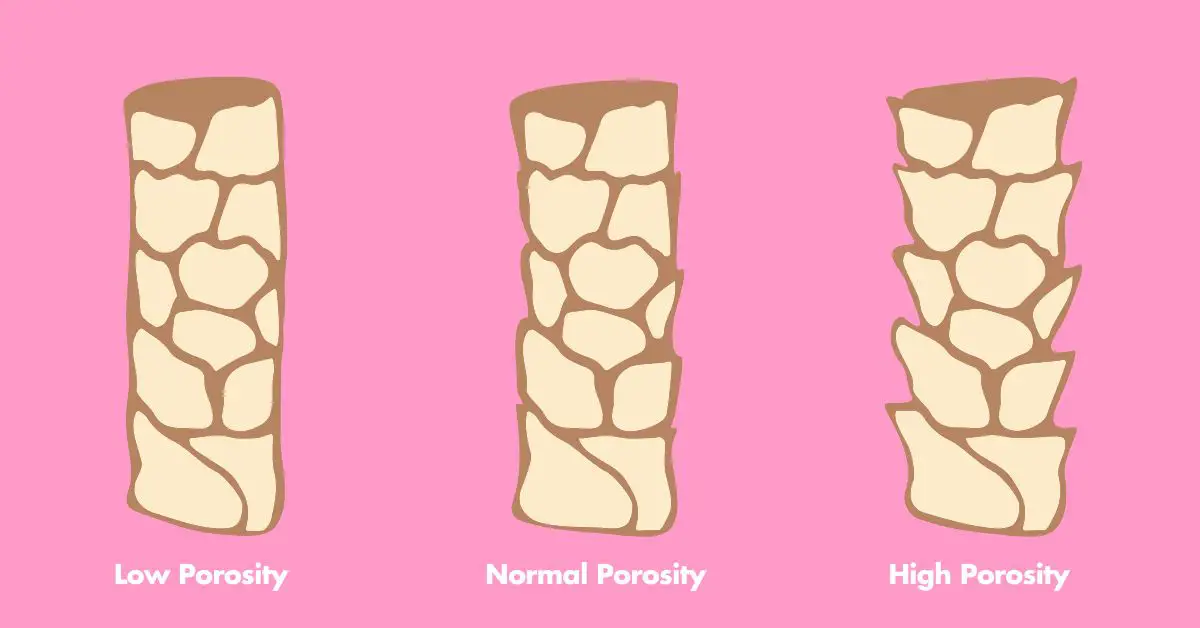7 Signs Your Hair Needs a Protein Treatment
Maintaining healthy, vibrant hair is a journey, not a destination. At hairy.cartlab.web.id, we understand the dedication it takes to achieve your hair goals. Whether you’re aiming for luscious locks, vibrant color, or simply strong, healthy strands, understanding your hair’s needs is paramount. One crucial aspect often overlooked is the importance of protein treatments. Protein is a fundamental building block of hair, and a deficiency can lead to a range of issues, impacting both the look and feel of your hair. This comprehensive guide will detail seven key signs that indicate your hair is crying out for a protein boost. Learning to recognize these signs can prevent further damage and help you restore your hair’s strength and shine.
Understanding your hair’s protein needs is vital for maintaining its health and achieving your desired style. Many factors can contribute to protein deficiency, including chemical processing (like coloring, perming, or relaxing), heat styling, environmental stressors (sun exposure, pollution), and even certain dietary deficiencies. Ignoring these deficiencies can lead to irreversible damage, making regular assessments of your hair’s condition crucial. This article will empower you to identify the warning signs and take proactive steps to restore your hair’s health and vitality.
By the end of this article, you’ll be equipped with the knowledge to determine if your hair needs a protein treatment and how to address the underlying causes of protein deficiency. Remember, healthy hair starts with understanding its needs.

1. Excessive Hair Breakage and Shedding

One of the most obvious signs that your hair is lacking protein is excessive breakage and shedding. Healthy hair possesses elasticity and resilience, allowing it to withstand daily stresses. However, protein-deficient hair becomes brittle and fragile, easily snapping or falling out. This breakage isn’t confined to the ends; you may notice breakage throughout the hair shaft, indicating a serious lack of structural integrity. If you’re finding significantly more hair in your brush or on your pillow than usual, and this is accompanied by noticeable breakage, it’s a strong indicator that your hair needs a protein treatment. This breakage can manifest in various ways, from split ends to complete snapping of the hair strand. Regularly assessing your hair’s breakage pattern can help you identify the problem early.
2. Loss of Elasticity and Stretch

A simple way to test your hair’s protein levels is the “stretch test.” Gently pull a single strand of hair; healthy hair will stretch considerably before breaking. Protein-deficient hair, however, will snap easily with minimal stretching. This loss of elasticity is a direct result of weakened protein bonds within the hair shaft. The hair becomes less resilient and more prone to damage from everyday activities like brushing and styling. If your hair snaps easily during this test, it’s a clear sign that a protein treatment is necessary to rebuild its strength and elasticity. Remember to perform this test gently to avoid causing unnecessary damage.
3. Increased Hair Porosity

Hair porosity refers to the hair cuticle’s ability to absorb and retain moisture. High porosity hair, often a result of protein deficiency, is characterized by its inability to retain moisture, leading to dryness, frizziness, and a rough texture. The cuticles are raised and damaged, allowing moisture to escape easily. This often results in hair that feels dry and brittle, even after applying moisturizing treatments. If your hair struggles to retain moisture despite using deep conditioners and moisturizing products, it may indicate a lack of protein, which helps to strengthen the hair cuticle and improve its ability to retain moisture. Addressing the protein deficiency is key to improving your hair’s porosity and manageability. For inspiration on how to style your hair once it’s healthier, check out our article on “7 Hairstyles That Will Inspire Your Next Look” at hairy.cartlab.web.id/7-hairstyles-that-will-inspire-your-next-look.
4. Dull, Lifeless Appearance

Protein is essential for giving hair its shine and luster. When your hair lacks sufficient protein, it loses its natural shine and appears dull and lifeless. This is because the protein structure helps to reflect light, creating a healthy, glossy appearance. If your hair looks lackluster and lacks its usual vibrancy, even after washing and conditioning, it could be a sign of protein deficiency. Consider incorporating a protein treatment into your hair care routine to restore its shine and vitality. A protein treatment will help to strengthen the hair shaft, allowing it to better reflect light and regain its natural luster.
5. Difficulty Styling and Managing Hair

Protein-deficient hair is often difficult to style and manage. It tends to be more tangled, frizzy, and prone to knots. This is because the lack of protein weakens the hair’s structure, making it less smooth and more prone to friction. If you’re struggling to detangle your hair without significant breakage or finding that your usual styling products aren’t working as effectively, it’s a sign that your hair may need a protein boost. A protein treatment can help to smooth the hair cuticle, reducing frizz and tangles, making it easier to style and manage.
6. Increased Knotting and Matting

Similar to the difficulty in styling, protein deficient hair is highly susceptible to knotting and matting, especially if it’s long or naturally prone to tangling. This is because the weakened hair strands are more likely to cling to each other, creating knots and mats that are difficult to remove without causing damage. If you notice a significant increase in knots and mats, despite regular brushing and conditioning, it’s a clear sign that your hair needs a protein treatment to restore its strength and reduce its tendency to tangle. Gentle detangling techniques and the right products are crucial, but addressing the underlying protein deficiency is key to long-term improvement. For a night out, you can create stunning styles with healthy hair – check out our article on “7 Hairstyles That Are Perfect for a Night Out” at hairy.cartlab.web.id/7-hairstyles-that-are-perfect-for-a-night-out.
7. Feeling of Weakness and Thinning

Beyond visual cues, you might also feel the difference. Protein-deficient hair often feels weak and thin, lacking its usual body and volume. This is because the individual strands are weakened and less resilient, making the overall hair appear thinner and less full. If your hair feels limp and lacks its usual volume, even after using volumizing products, it might be a sign that it needs a protein boost. This weakness can make it more susceptible to breakage and damage.
Conclusion:
Recognizing the 7 Signs Your Hair Needs a Protein Treatment is crucial for maintaining healthy, strong, and beautiful hair. From excessive breakage to a dull, lifeless appearance, these signs indicate a need to replenish your hair’s protein levels. By addressing the underlying causes of protein deficiency and incorporating protein treatments into your hair care routine, you can revitalize your locks and achieve the healthy, vibrant hair you desire. Remember to always consult with a hair professional if you have concerns about your hair’s health. For more information and guidance on choosing the right protein treatment for your hair type, visit 7 Signs Your Hair Needs a Protein Treatment. And if you’re looking for a fun, stylish way to express yourself, consider exploring soft pastel hair colors – see our article on “Soft Pastel Hair Colors for a Dreamy Look” at hairy.cartlab.web.id/soft-pastel-hair-colors-for-a-dreamy-look.
(External Authority Links - Remember to replace these with actual relevant links):
- [Link to a reputable article on hair porosity from a scientific journal or hair care website]
- [Link to a reputable article on the importance of protein in hair health from a scientific journal or hair care website]
- [Link to a reputable article on different types of protein treatments from a scientific journal or hair care website]







Comments